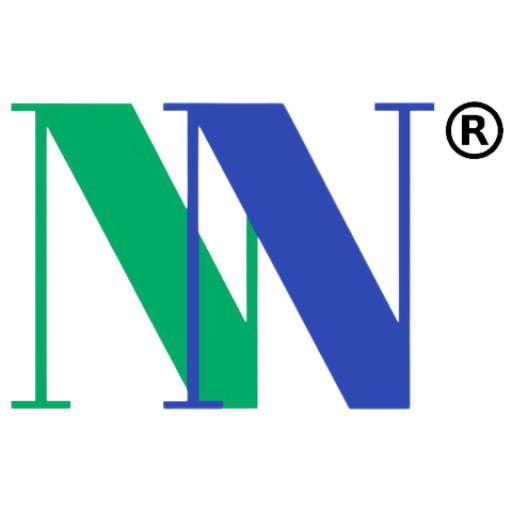Formula is the best possible alternative to breast milk and provides the right amount of all the required nutrients in a measured form! Other benefits to formula feeding includes convenience, variety of options to meet a baby’s unique needs, and more feeding flexibility for the mom!
Formulas
All name-brand and store-brand formulas are subject to FDA’s regulatory oversight and must comply with federal nutrient requirements. And while all formulas must meet the same FDA requirements, there are differences among the brands when it comes to their protein, fat and carbohydrate sources and content. Always work with your pediatrician when deciding which formula is best for your baby!
Nurturing Your Baby’s Hunger & Satiety/Fullness Cues: Appetite Programming
One of the benefits of breastfeeding is that the baby is in full control of their feedings! Babies control the rate and volume of milk they are receiving. This rhythm allows for the baby to decide when he or she has had enough, and Moms have no reason to doubt them! Through the process of sensing what their tiny tummies can comfortably tolerate they are programming their appetite, which will help them regulate their food intake as they grow!
For bottle-fed babies, this is a more challenging skill to nurture due because unlike breastfeeding, bottle feeding is more likely to be controlled by the parent or caregiver. The dynamics of bottle feeding is completely different. For starters, we can see how much our baby is eating, and because it is in our nature to want our babies to thrive, we want them to finish the bottle! But bottle-fed babies are also regulating their appetites, too! And these same precious cues that are under the control of the breastfeeding baby can be overridden by the well-intended hand that is holding the bottle, and interrupt this formative development of appetite regulation!
Paced Bottle Feeding
But alas – there’s a solution!
Paced bottle feeding is a form of responsive feeding that mimics the rhythm of breastfeeding. As opposed to a parent or caregiver-controlled feeding, paced bottle feeding allows the baby to follow its natural feeding rhythm of sucking, swallowing, and resting. By allowing the infant to control the flow of milk, babies fed through the paced bottle-feeding technique also gain the skills of appetite regulation – a huge advantage that breastfeeding provides! For more on the technique of paced bottle feeding, watch here:
School-Age
These are incredibly formative years in your child’s healthy habit learning journey! Marked by continues growth and independence, your school-age child is now tasked with more responsibility and decision-making – and that includes many of their daily food choices!...
Pregnancy
“They are what you eat!” Did you know that your food choices and eating habits throughout pregnancy shapes your baby’s future food preferences and eating behaviors, and even influences the programming of their metabolism? Unfortunately, making the best food choices is...
Newborn & Infancy
Early Infancy (0-5 months)No solid foods under 6 months of age; Breast Milk or Formula feeding only During these precious early months of your baby’s life, it may feel as though it’s about feeding, sleeping, pooping, and crying (and yes, there’s definitely a lot of...




